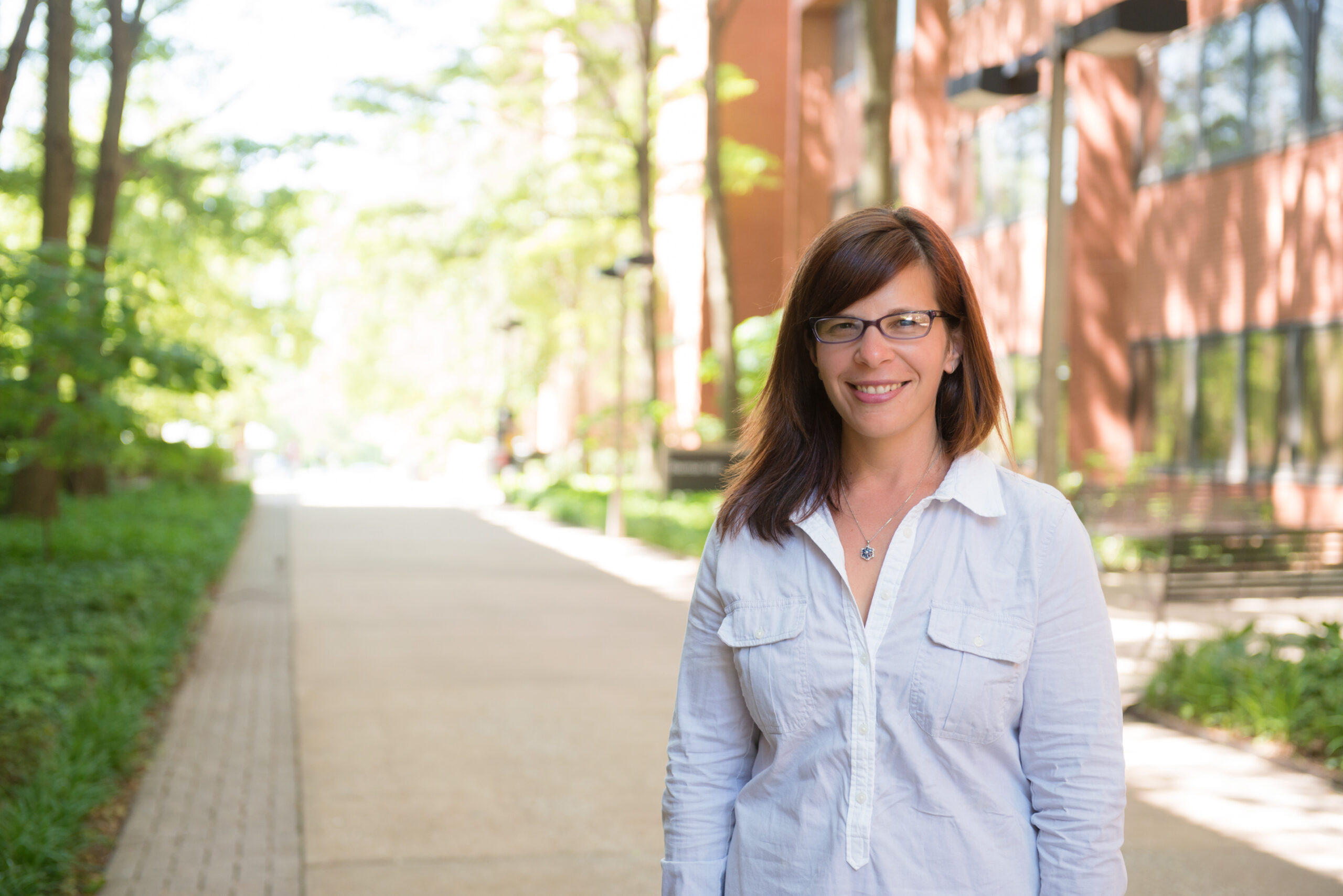In a recent article posted on Antenna‘s website, Rebecca Adelman, an associate professor of media and communication studies, examined public reaction to the images of Aylan Kurdi.
“I am not suggesting that the story the photographs tell isn’t wrenching (it is); but the difficulty of the image is the very thing that makes spectatorship of it easy. Certainly, spectators far removed from the Kurdi family’s suffering might genuinely experience the photos as painful. But the experience of feeling bad about the photos is accompanied by a range of sentimental rewards that ameliorate this discomfort. In part, the hyper-visibility of Aylan Kurdi is a function of the vacuous efficacy of social media, but the clicktivism it inspired is more a symptom than a cause,” she wrote.
Also in the article, Adelman discussed other images related to the civil war in Syria and how they can present different interpretation from spectators, including the U.S. government, such as viewing images of the Assad regime’s chemical weapons attacks against Syrian civilians.
“Seeking to galvanize popular and legislative support for his plan to intervene militarily in Syria, President Obama implored Americans to view the images and the Senate Intelligence Committee compiled 13 of the most explicit for review by its members and, presumably, the public. These images failed to persuade lawmakers or their constituents that the situation warranted U.S. involvement. Of course, there were many reasons for this reluctance and we cannot know if different pictures would have garnered different results, but it remains significant that these photos never achieved the iconic status that Aylan Kurdi’s already have.”
Read “Feeling Good about Feeling Bad about Aylan Kurdi” in Antenna.

